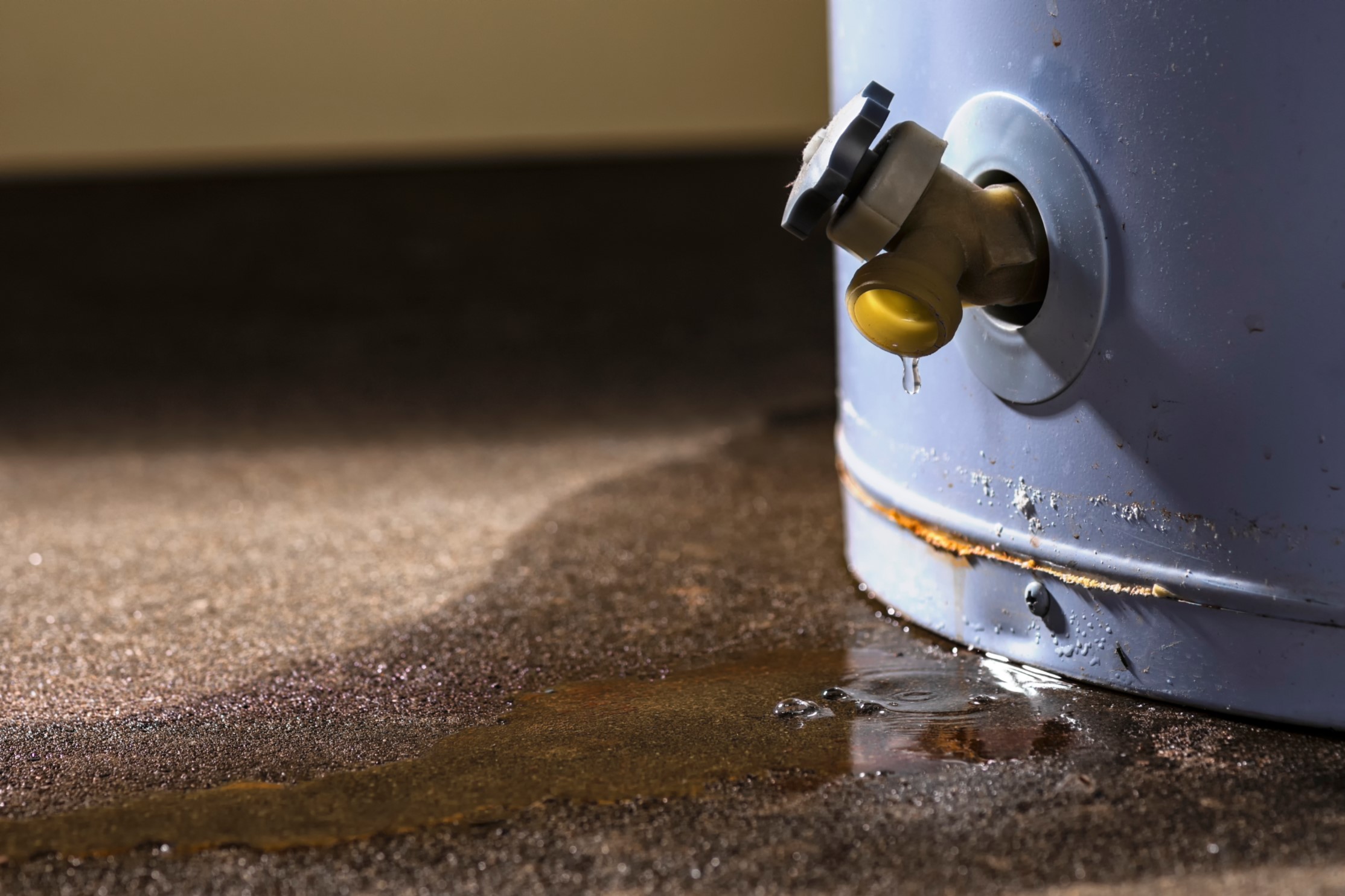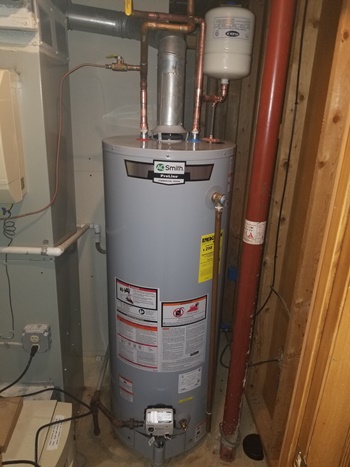Best Methods to Care for Your Home's Hot Water System EffectivelyMaintaining Your Home's Hot Water System: Essential Tips
Best Methods to Care for Your Home's Hot Water System EffectivelyMaintaining Your Home's Hot Water System: Essential Tips
Blog Article
Have you been on the lookout for resources on How to Maintain a Hot Water Heater in a Few Simple Steps?

Warm water is vital for daily comfort, whether it's for a revitalizing shower or cleaning meals. To ensure your warm water system runs effectively and lasts longer, regular upkeep is crucial. This short article provides sensible ideas and insights on just how to preserve your home's hot water system to stay clear of interruptions and costly fixings.
Introduction
Maintaining your home's warm water system may seem overwhelming, however with a few easy actions, you can ensure it runs smoothly for years ahead. This guide covers every little thing from comprehending your hot water system to do it yourself maintenance pointers and understanding when to call in specialist assistance.
Relevance of Preserving Your Hot Water System
Routine upkeep not only prolongs the life-span of your hot water system however additionally ensures it operates successfully. Ignoring maintenance can result in lowered efficiency, higher power costs, and even premature failing of the system.
Signs Your Hot Water System Requirements Upkeep
Knowing when your hot water system requires focus can prevent major concerns. Keep an eye out for signs such as inconsistent water temperature level, weird noises from the heating unit, or rustic water.
Flushing the Hot Water Heater
Purging your water heater removes sediment accumulation, boosting efficiency and prolonging its life.
Checking and Changing Anode Rods
Anode poles protect against corrosion inside the tank. Examining and changing them when worn is critical.
Complex Issues Requiring Expert Assistance
Instances consist of significant leakages, electric problems, or if your water heater is regularly underperforming.
Routine Expert Maintenance Perks
Expert upkeep can consist of detailed examinations, tune-ups, and ensuring compliance with safety standards.
Inspecting and Adjusting Temperature Settings
Changing the temperature settings guarantees ideal performance and security.
DIY Tips for Maintenance
You can perform a number of upkeep tasks yourself to keep your hot water system in top problem.
Looking for Leakages
Frequently inspect pipes and connections for leaks, as these can result in water damage and higher expenses.
Comprehending Your Hot Water System
Before diving into maintenance tasks, it's valuable to understand the fundamental elements of your hot water system. Usually, this includes the water heater itself, pipes, anode rods, and temperature controls.
Monthly Maintenance Tasks
Regular monthly checks can help catch minor concerns prior to they intensify.
Checking Pressure Relief Valves
Testing the stress safety valve ensures it functions correctly and prevents excessive stress build-up.
Shielding Pipelines
Protecting hot water pipes reduces warmth loss and can conserve energy.
When to Call a Professional
While DIY upkeep is valuable, some concerns need expert knowledge.
Verdict
Normal maintenance of your home's warm water system is necessary for efficiency, long life, and expense savings. By adhering to these suggestions and recognizing when to seek professional assistance, you can guarantee a trusted supply of hot water without unanticipated interruptions.
Water Heater Maintenance: The Basics
Maintaining your water heater will ensure it operates efficiently and has a longer lifespan. Neglecting regular maintenance can lead to costly repairs and an even bigger chunk of your savings if you have to replace it sooner than necessary. But there’s good news: Most water heater maintenance tasks are relatively simple and easy for homeowners with basic DIY skills.
Flush the Water Heater
Over time, sediment and minerals can build up in the tank, reducing its efficiency and potentially causing damage. To flush the tank, turn off the power or gas supply, attach a hose to the drain valve near the bottom and open the valve to drain the water until it runs clear. Ideally, flush the tank annually.
Replace the Anode Rod
The anode rod is a sacrificial metal rod that helps prevent corrosion inside the tank. Inspect and replace it every three to five years or per the manufacturer's recommendation. To replace the anode rod, turn off the power or gas supply, drain a few gallons of water from the tank, unscrew the old rod and replace it with a new one. If the anode rod is significantly corroded or covered in calcium buildup, it's a sign the water heater may need to be replaced soon.
Tune-Up
A yearly tune-up can help identify potential issues and ensure your water heater operates at peak efficiency. This typically involves checking the thermostat, burner assembly (for gas heaters) and any other components specified by the manufacturer. During a tune-up, the technician may also clean the burner and adjust the pilot light (for gas heaters) or examine the heating elements (for electric heaters).
How to Maintain Your Water Heater
Insulate the tank. Insulating the tank can improve energy efficiency and reduce heat loss, saving you money on energy bills. You can purchase precut insulation blankets designed specifically for water heaters or use standard fiberglass insulation wrapped securely around the tank. Check the temperature. The recommended water temperature for most households is around 120 degrees Fahrenheit (49 degrees Celsius). Higher temperatures can increase energy costs and potentially cause scalding. Use a kitchen thermometer to check the temperature at the faucet nearest the water heater. Monitor water pressure. Excessive water pressure can strain the water heater and cause leaks or even tank failure. Install a pressure-reducing valve if necessary. The ideal water pressure range is between 60 and 70 PSI (pounds per square inch). Test the temperature and pressure (T&P) relief valve. The T&P relief valve is a safety feature that releases pressure if the tank gets too hot or the pressure builds up too high. Test it annually by lifting the lever and allowing a small amount of water to release. Replace the valve if it doesn't release water or reseal properly. Check for leaks. Regularly inspect the tank, pipes and fittings for leaks or corrosion. Deal with issues promptly to prevent further damage. Even a small leak can lead to significant water damage over time. Consider a tankless water heater. If your traditional tank-style water heater is nearing the end of its lifespan ( typically 10 years), consider replacing it with a tankless water heater. These units heat water on demand, reducing standby energy losses and potentially saving you money on your energy bills. Schedule professional maintenance. While homeowners can perform many water heater maintenance tasks, it's still a good idea to schedule professional maintenance every few years. A plumber or HVAC technician can thoroughly inspect the unit, identify potential issues and ensure it operates safely and efficiently. https://www.homeserve.com/en-us/blog/home-improvement/hot-water-heater-maintanence/

Do you enjoy more info about How to Maintain Your Water Heater & Prolong its Life? Try to leave feedback down the page. We will be delighted to see your opinions about this post. Hoping that you visit us again soon. For those who enjoyed reading our blog posting kindly be sure to pass it around. Thanks a lot for your time. Return soon.
Click Here Report this page